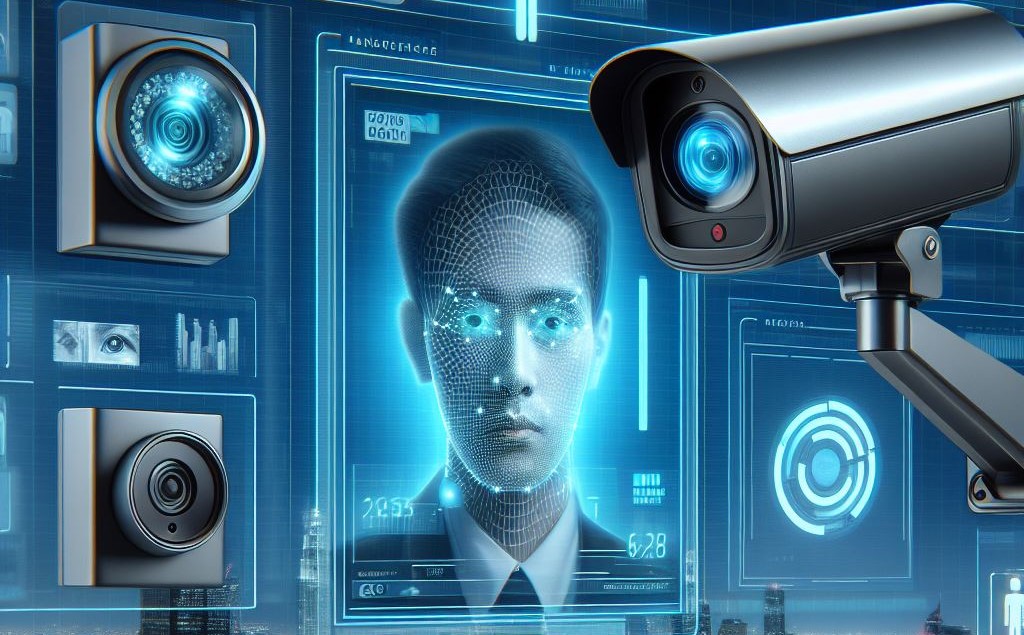Occlusion detection technology has become an essential component of contemporary security systems, especially in contexts where facial recognition is crucial. With technological advancements, the ability to identify and analyze faces that are partially obscured has become increasingly important. Occlusion detection refers to the methods used to recognize and detect areas of a face that are concealed or blocked. Whether it’s due to a mask, a hand, or any other object, facial occlusion poses challenges to traditional recognition systems, highlighting the need for sophisticated detection techniques to ensure accurate outcomes.
Understanding Facial Occlusion in Security
Facial occlusion happens when certain areas of a face are hidden or blocked, making it difficult for standard facial recognition systems to accurately identify people. This can occur with items like masks, scarves, or sunglasses, creating obstacles for security systems that depend on facial biometrics. Although, In high-security settings, where precise identification is essential, detecting occlusion becomes vital to ensure dependable outcomes. Recent developments in machine learning have allowed systems to estimate the obscured areas of the face, improving security measures by lowering the rate of false positives.
Challenges in Facial Recognition Occlusion
One of the key challenges in Facial Recognition Occlusion is the struggle to differentiate between real individuals and imposters when faces are partially obscured. Traditional systems often cannot authenticate identities if a large part of the face is concealed. This shortcoming can lead to security vulnerabilities. However, contemporary occlusion detection algorithms are capable of analyzing hidden features and making educated guesses, which enhances the accuracy of identification processes. This advancement has significant implications for applications in airports, border control, and law enforcement.
Importance of Occlusion Facial Detection
Occlusion Facial Detection enhances standard recognition systems by concentrating on the identification of partially visible faces. In high-security environments like banks, government buildings, and public surveillance areas, occlusion detection adds an important layer of security. Cutting-edge facial detection algorithms leverage deep learning models to reconstruct obscured areas of the face. This capability enables organizations to mitigate potential threats and breaches that might be overlooked by conventional systems. Consequently, this technology fortifies the overall security framework.
Role of Masked Face Recognition in the Pandemic
The global pandemic underscored the importance of Masked Face Recognition as wearing masks became the norm. Addition, During this time, conventional facial recognition systems struggled to identify people, particularly in busy public areas such as airports and train stations. By utilizing occlusion detection, masked face recognition systems can identify and verify individuals even when their facial features are partially obscured. This advancement has facilitated a smoother and more secure identification process, ensuring that security protocols remain effective during health emergencies.
Future of Occlusion Detection in Security
The future of occlusion detection in security appears bright as various industries begin to appreciate its role in combating fraud and enhancing security measures. With ongoing advancements in detection models, the integration of artificial intelligence, and the creation of more effective prediction systems, occlusion detection is set to become a fundamental component of sophisticated security frameworks. Its importance will be crucial in circumstances where full facial visibility is not assured, allowing facial recognition technology to function effectively even in the toughest situations.
Wrapping It Up
Occlusion detection technology is transforming how facial recognition systems manage partially hidden faces, enhancing their reliability and security. Although, By identifying and analyzing facial occlusions, this technology overcomes the shortcomings of traditional systems, ensuring accurate identification even in difficult situations. As the demand for improved security rises across different sectors, the importance of occlusion detection is becoming more pronounced. With ongoing advancements, this technology is set to be pivotal in the future of security, equipping organizations with the necessary tools to safeguard their assets and ensure individual safety.











